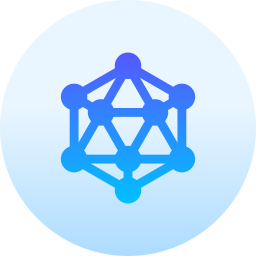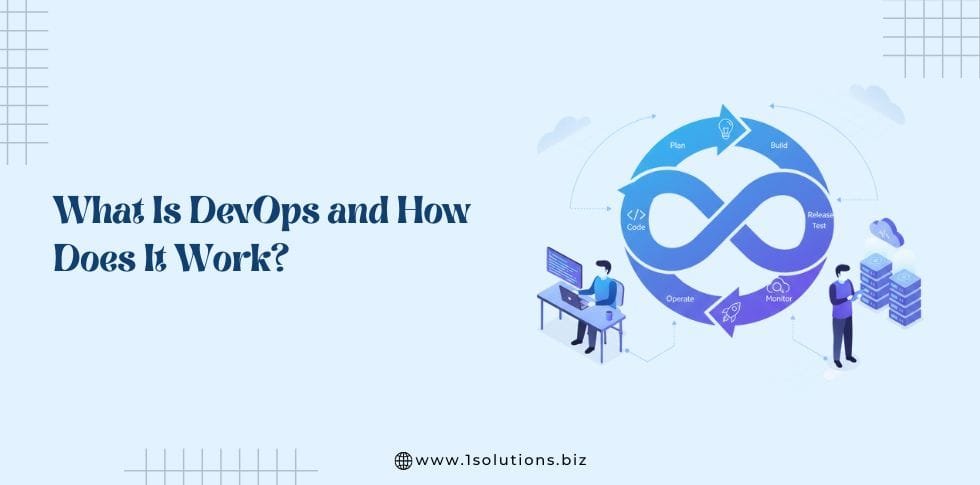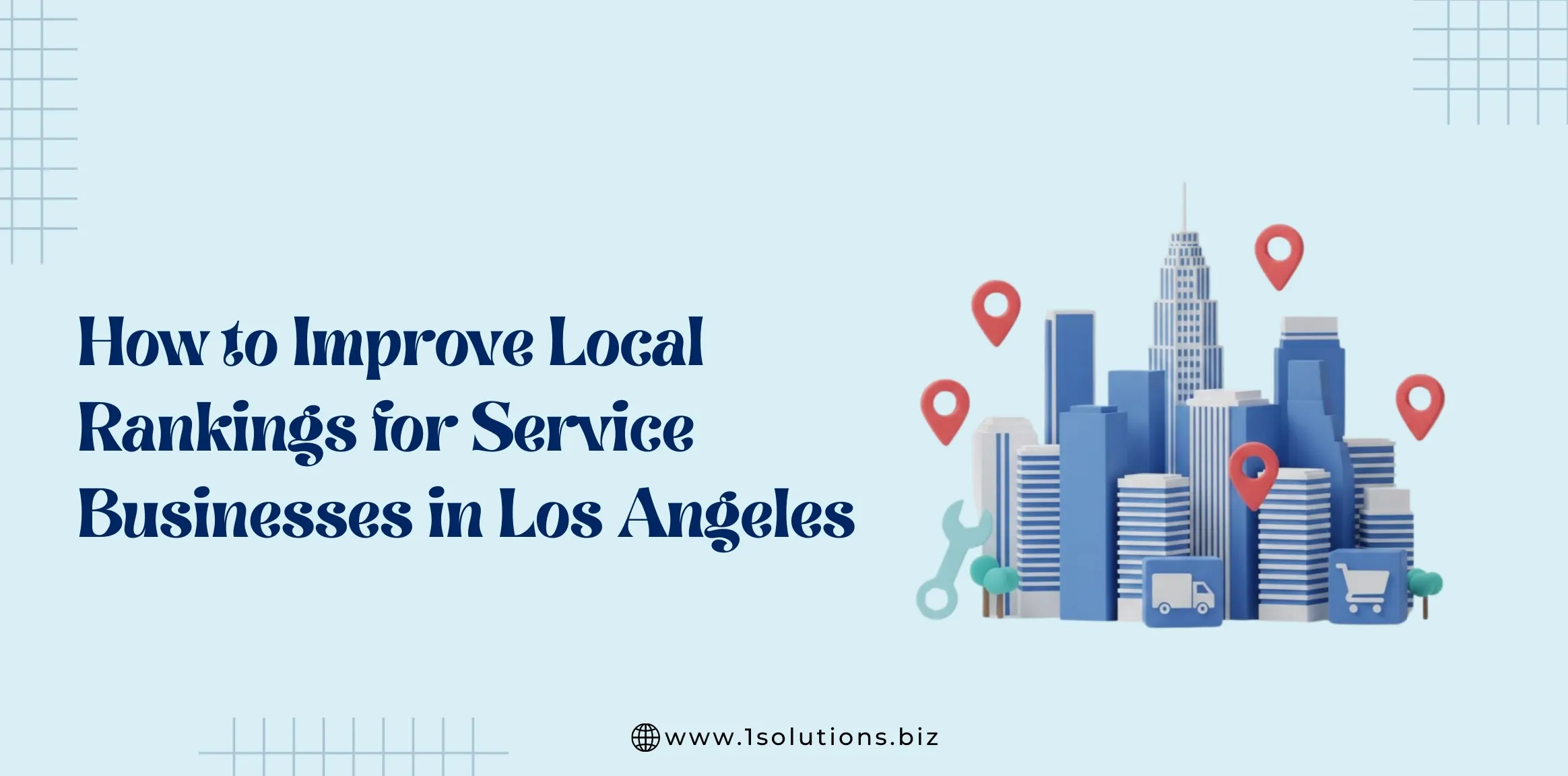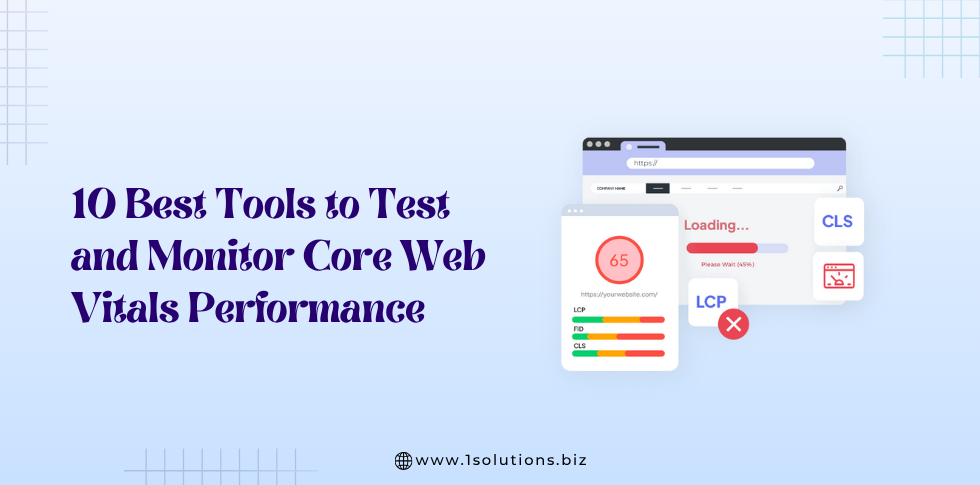Introduction
In today’s dynamic business environment, organizations must deliver software faster, more reliably, and with greater flexibility than ever before. This is where DevOps comes in.
In this in-depth article we will cover: what DevOps means, its origins, core components, how it works, key benefits and challenges, and how a DevOps services company can help organisations adopt and scale this approach.
We’ll also look at how DevOps Solutions fit into digital transformation and why working with expert DevOps Consulting matters.
1. What is DevOps?
At its simplest, DevOps is a methodology that blends software development (“Dev”) and IT operations (“Ops”) into a unified approach. According to Atlassian, DevOps is “a set of practices, tools, and a cultural philosophy that automate and integrate the processes between software development and IT teams.”
Similarly, Microsoft describes DevOps as “coordination and collaboration between formerly siloed roles like development, IT operations, quality engineering, and security.” (Microsoft Learn)
Hence, DevOps is not simply a tool or one team. It is a culture, combined with practices, supported by tools, that together enable faster, higher-quality delivery of software and services.
Origins and evolution
- The term “DevOps” emerged around 2007-2009 when development and operations teams began to push back against the barriers between them.
- The movement draws on Agile methodologies (which emphasise iteration, feedback, and responsiveness) as well as Lean principles of continuous improvement and flow.
- Over time, DevOps has expanded into related domains such as security (DevSecOps), infrastructure as code, platform engineering, and microservices.
Why the shift?
Traditional software delivery models often featured separate teams for development (who wrote code), testing (who validated it), and operations (who deployed and maintained it).
These silos frequently caused delays, miscommunication, deployment risk, and slower feedback loops. DevOps addresses these challenges by collapsing silos, automating key processes, and fostering continuous feedback.
In short: dev + ops = a smarter, faster, more collaborative way to deliver software.
2. The Core Components of DevOps
To understand how DevOps works, it helps to break it down into its core components: culture, automation, measurement, and sharing. Some frameworks summarise this as CAMS (Culture, Automation, Measurement, Sharing).
Culture
- Collaboration across development, operations, quality assurance, security, and other stakeholders.
- Shared responsibility for the end-to-end software delivery lifecycle.
- Emphasis on continuous improvement, learning from failures, and feedback loops.
The culture aspect is often the hardest to implement because it requires changing mind-sets and breaking entrenched silos.
Automation
- Automating repetitive, error-prone tasks (e.g., building, testing, deployment, infrastructure provisioning).
- Infrastructure as Code (IaC), configuration management, continuous integration/continuous delivery (CI/CD) pipelines.
- Standardising environments to reduce configuration drift and deployment risk.
Automation is a key enabler of speed and reliability.
Measurement
- Using metrics to monitor performance, deployment frequency, failure rates, recovery times, etc.
- Feedback from production, logs, telemetry, user behaviour to inform improvements and spot issues early.
For example, the academic and practitioner literature often refers to metrics such as lead time for changes, deployment frequency, change failure rate and mean time to recover (MTTR).
Sharing
- Knowledge sharing across teams (e.g., developers sharing insights with operations; operations feeding back to developers).
- Retrospectives, blameless post-mortems, shared documentation and tooling.
- Transparency across the delivery pipeline so that everyone can see what is happening and why.
This component reinforces the culture of collaboration and continuous learning.
Synthesis
When combined, culture + automation + measurement + sharing enable an organisation to deliver software with greater speed, stability and alignment to business needs.
Many leading organisations describe DevOps not simply as “doing DevOps” but as becoming a DevOps organisation where these components are embedded in the way of working.
3. How DevOps Works: The Lifecycle
Let’s walk through a typical DevOps lifecycle and illustrate how the pieces fit together in practice.
3.1 Planning & Requirements
- Teams gather requirements and define features, usually in short iterations (similar to Agile).
- Development, operations, QA, security teams collaborate early to identify potential risks, infrastructure needs, and release strategy.
- Goals may include: faster time to release, more frequent updates, higher quality, easier recovery from failures.
3.2 Coding
- Developers write the application code, often in version-controlled repositories (e.g., Git).
- Code review, pair programming, branching strategies help maintain quality.
- Infrastructure as Code (IaC) scripts may also be developed in parallel (for servers, containers, networks).
3.3 Continuous Integration (CI)
- When code is committed, automated build tools compile code, run unit tests, static code analysis, vulnerability scans.
- The process ensures that code integrates properly with the rest of the system and is ready for further testing.
- CI reduces integration problems and helps a team find issues earlier rather than later.
3.4 Continuous Delivery / Deployment (CD)
- Once code passes tests, the delivery process moves it into staging or production environments.
- Deployment pipelines automate provisioning, configuration, deployment of application and infrastructure.
- Continuous Delivery means the code is always in a deployable state; Continuous Deployment means production releases happen automatically when quality gates are met.
- The release frequency is higher, risks lower, because each deployment is smaller and more automatable.
3.5 Monitoring and Feedback
- After deployment, monitoring, logging, telemetry data flows back to the teams.
- Issues such as performance degradation, failures, user-experience problems are detected early.
- Feedback loops enable continuous improvement: developers learn from operations, operations learn from production data, teams refine the process.
3.6 Continuous Improvement
- Teams perform retrospectives, explore metrics, adjust workflows and automation.
- Culture of experimentation, learning from failure, and making small but steady gains.
- Infrastructure and application both evolve to be more resilient, scalable, and efficient.
Visualising the Workflow
A simplified version of the DevOps workflow might look like:
Plan → Code → Build → Test → Release → Deploy → Monitor → Learn
At each stage, developers, operations, QA, and security collaborate; automated tooling supports the workflow; feedback loops ensure improvement.
Why It Works
- Smaller, more frequent changes reduce risk compared to large monolithic releases.
- Automated tests and deployments reduce manual error, increase reliability.
- Feedback from production enables teams to learn quickly and iterate.
- Cross-team collaboration removes hand-off delays and misunderstandings.
- Infrastructure and application behaviour are treated as code and repeatable assets, supporting consistency and scalability.
4. Benefits of Adopting DevOps
When implemented well, DevOps offers several compelling benefits:
4.1 Faster Time to Market
By automating the build/deploy pipeline, reducing hand-offs, and enabling frequent releases, organisations can deliver features and fixes more rapidly, often multiple times per day or week.
4.2 Improved Quality & Reliability
With continuous testing, automated validation, and production monitoring, teams catch defects earlier and reduce failure rates. Deployments become smoother, rollback faster.
4.3 Enhanced Collaboration and Productivity
DevOps breaks down silos, creating cross functional teams that share ownership and responsibility. Communication improves, work flows more smoothly, and teams feel more aligned with business goals.
4.4 Better Operational Efficiency
Automation of infrastructure provisioning, configuration management, monitoring and alerting reduces manual toil. Teams can focus on value-adding work rather than repetitive operations.
4.5 Business Agility and Innovation
With faster feedback loops and iteration, organisations can respond more quickly to market demands, experiment with features, deliver value, and pivot when needed.
4.6 Better Scalability and Resilience
Infrastructure as code, containerisation, orchestration, microservices architectureall under the DevOps umbrella—help applications scale, recover from failures, and adapt to changing loads.
For organisations looking to implement DevOps Solutions at scale or seeking guidance, a dedicated DevOps services company or DevOps Consulting Services can help maximise these advantages.
5. Challenges in Implementing DevOps
While DevOps offers many benefits, it also brings challenges when shifting from traditional models. Some of the common hurdles include:
5.1 Cultural Resistance
Breaking down silos and changing mind-sets is often the hardest part. Developers, operations and other teams may have historic tension or differing objectives. Moving to shared responsibility and collaboration takes time and leadership.
5.2 Tooling Complexity and Integration
There is no single “DevOps tool”. Organisations must choose and integrate tools for version control, CI/CD, infrastructure provisioning, monitoring, containerisation, etc. Ensuring they work together is non-trivial.
5.3 Legacy Systems and Infrastructure
Older systems may not easily support frequent releases, automation or infrastructure as code. Refactoring and modernising legacy systems can introduce risk and cost.
5.4 Security, Compliance and Governance
Rapid release cycles can raise concerns about security, audit trails, regulatory compliance. Integrating security early (DevSecOps) is essential but requires discipline and proper tooling.
5.5 Measuring Success
Organisations need meaningful metrics (deployment frequency, lead time for changes, change failure rate, MTTR) to track improvement. Without a baseline and buy-in, measuring benefit is difficult.
5.6 Skill Gaps and Training
Team members need new skills (e.g., infrastructure as code, CI/CD pipeline engineering, cloud native architecture). Without training and mentoring, adoption can stall.
By recognising these challenges early, organisations can mitigate risk and set realistic expectations when engaging in DevOps transformation.
6. DevOps Services Company & DevOps Services India: What They Offer
For many organisations, achieving a full DevOps transformation internally can be daunting. This is where specialised DevOps services companies,play an important role.
Typical Services Offered
- DevOps assessment and maturity roadmap: evaluating current processes, culture, tooling, infrastructure, and recommending steps.
- Implementation of CI/CD pipelines: building automated build, test, deploy workflows, designing release automation.
- Infrastructure automation and IaC: scripting and automating provisioning of servers, networks, containers, cloud services.
- Monitoring, logging and feedback systems: setting up observability, alerts, dashboards, production telemetry.
- Culture and collaboration coaching: helping teams adopt shared responsibility, break silos, and work in DevOps ways.
- Security integration (DevSecOps): embedding security practices early in the lifecycle, automating vulnerability scanning, compliance checks.
- Training and upskilling: working with internal teams to build DevOps skills.
- Ongoing support and optimisation: continuous improvement of pipelines, tooling, practices, metrics.
Why India is an Attractive Location for DevOps Services
- Strong talent pool with experience in cloud, automation, DevOps tools.
- Cost advantages enabling large scale engagements.
- Time-zone benefits for global delivery and follow-the-sun support models.
- Mature outsourcing ecosystem and near-shore proximity to markets in Asia, Middle East and beyond.
Why Engage DevOps Consulting Services?
- Accelerates time to value: experts bring proven pattern, tooling setup, avoid typical pitfalls.
- Access to best practices: consultants often bring knowledge from multiple clients/industries.
- Helps change culture and process, not just tools. Tools alone do not guarantee success.
- Provides objectivity: external consultants can challenge internal assumptions, provide fresh perspective.
- Scalability: when teams or pipelines need to scale rapidly, consulting partners can add capacity and experience.
Hence, if you are looking for DevOps Consulting, working with a specialist that has deep experience in DevOps transformation and solutions is a smart organisational decision.
7. DevOps Solutions in Practice
Let’s look at how DevOps Solutions apply in real use-cases to illustrate how the methodology works in practice.
Use Case 1: E-commerce Platform
An e-commerce business wants to deliver new features (e.g., flash sale, personalised offers) weekly, maintain high availability during traffic spikes, and quickly recover from failures.
By adopting DevOps:
- Developers and operations work together from day one to define infrastructure needs and release strategy.
- CI/CD pipelines automate builds, tests (unit, integration), and deployment to staging and production.
- Infrastructure provisioning uses code (e.g., Terraform) so environments are reproducible.
- Monitoring and logging highlight performance bottlenecks and user behaviour, enabling rapid iteration.
- Releases happen in smaller batches, reducing risk and enabling faster rollback if needed.
Use Case 2: SaaS Company
A SaaS provider needs to deliver continuous updates to customers, ensure high reliability, and scale on demand.
In this scenario:
- DevOps Solutions include containerising microservices (e.g., using Docker, Kubernetes).
- Automated deployments across multi-region clouds, enabling global scale and failover.
- Automated testing ensures each change is validated; telemetry monitors for anomalies immediately upon release.
- Feedback from operations and customers flows into planning for next iteration.
Platform-as-a-Service (PaaS) Provider
A PaaS provider wants to offer self-service deployment for internal teams and manage underlying infrastructure automatically.
- They build internal developer platforms (IDP) that provide standardized pipelines and configuration.
- Developers use self-service tools to deploy, monitor applications; operations manage core platform reliability.
- This internal DevOps platform solution combines culture, tooling and process to deliver faster service to end-users.
Why These Matter for Enterprises
- DevOps Solutions reduce time between idea and value delivered to users.
- They reduce operational risk and error through automation and standardisation.
- They enable scaling development and deployment activities across teams and geographies.
- They provide measurable improvements via metrics and feedback loops.
For any organisation seeking to become more agile, responsive and efficient in software delivery, DevOps is the method of choice- and partnering with a skilled services provider accelerates adoption.
8. Choosing the Right DevOps Consulting Partner
If you are considering working with a DevOps consulting services provider (perhaps in India or globally), here are some criteria to guide your selection:
8.1 Proven Experience and Track Record
- Look for firms that have completed multiple DevOps transformations across industries.
- Ask for case studies that highlight measurable improvements (release frequency, defect rate, MTTR).
8.2 Cultural and Organisational Change Capability
- Tools matter, but culture and process matter more. A partner should help you shift culture, not just install software.
- They should offer coaching, workshops, change-management support.
8.3 Comprehensive Toolchain & Automation Expertise
- The consulting partner should be fluent with CI/CD tools, infrastructure as code, containerisation, cloud platforms, monitoring stack.
- They should help you architect scalable, future-proof pipelines and platforms.
8.4 Metrics-Driven Approach
- Ensure they propose key performance indicators (KPIs) and help you track improvements over time.
- Metrics such as deployment frequency, lead time for changes, change failure rate, and mean time to recover are useful.
8.5 Security and Compliance Integration
- Especially in regulated industries (finance, healthcare, government) you need a partner that includes security and compliance in the DevOps model (DevSecOps).
8.6 Local Support and Global Delivery
- If you are in India or targeting India ecosystem, a partner that has presence or delivery capability in India (for DevOps services India) can be beneficial (cost, time-zone, resource flexibility).
- Global delivery capability ensures 24/7 support or follow-the-sun models.
8.7 Continuous Improvement and Long-Term Partnership
- DevOps is not a one-time project, it is a journey. Choose a partner who commits to ongoing refinement, not just tool installation.
- Look for support models, evolution plans, roadmap for scaling DevOps Solutions across your organisation.
By paying attention to these factors, you increase the likelihood that your investment in DevOps Consulting Services will deliver strong business value.
9. DevOps Trends and Future Outlook
As organisations continue to embrace digital transformation, several trends are shaping the future of DevOps and DevOps Solutions:
9.1 Platform Engineering and Internal Developer Platforms
More companies are building internal platforms that abstract away infrastructure complexity, enabling developers to self-serve and deploy with minimal friction. This evolution of DevOps emphasises standardisation of pipelines and developer experience.
9.2 Shift-Left Security (DevSecOps)
Security is increasingly integrated earlier in the pipeline rather than as a gate at the end. Automated vulnerability scanning, secure code analysis, and compliance checks are now embedded in the DevOps pipeline.
9.3 Microservices, Containers, Serverless & Cloud Native
As architectures evolve to microservices and serverless deployments, DevOps Solutions must adapt pipelines for smaller services, rapid deployment, and infrastructure abstraction.
9.4 Observability, AI/ML in Operations
Monitoring and feedback loops are using AI/ML to detect anomalies, predict failures, optimise performance and resource usage. The DevOps lifecycle increasingly includes data-driven insights. )
9.5 Universal DevOps (including MLOps, DataOps
DevOps practices are extending beyond traditional application development into machine learning operations (MLOps), data operations (DataOps), infrastructure operations. This broadening of scope will create unified and integrated delivery chains across business functions.
9.6 Metrics and Measurement Maturation
As DevOps matures, more organisations will adopt standardised metrics and benchmarking (e.g., the research from DORA). This will shift DevOps from being “what we do” to “how we measure success.”
Given these trends, organisations that embed DevOps Solutions today are better positioned for future challenges, agility and innovation.
10. Summary: Why DevOps Matters
To summarise:
- DevOps is not just a fad- it is a fundamental shift in how organisations build, deliver, and maintain software.
- By combining culture, automation, measurement and sharing, DevOps enables faster delivery, higher quality, stronger collaboration and business agility.
- The DevOps lifecycle—from planning through deployment and feedback illustrates how teams collaborate and iterate.
- Benefits are real: faster time to market, improved reliability, better operational efficiency, stronger collaboration.
- Challenges remain: culture change, tooling integration, legacy systems, security, measurement and skills.
- For many organisations, engaging a specialised DevOps services company, particularly one offering DevOps services India or global delivery, is an effective path to success.
- DevOps Consulting Services help organisations define their maturity roadmap, build scalable automation pipelines, embed culture change, and measure outcomes.
- With evolving trends (platform engineering, DevSecOps, microservices, observability, universal DevOps), now is a pivotal time to adopt and scale DevOps Solutions.
If you are seeking to transform your software delivery, reduce cycle times, improve reliability, and position your organisation for innovation and growth, DevOps is the way forward and having the right partner and strategy in place makes all the difference.
Frequently Asked Questions (FAQ)
1. What is DevOps in simple terms?
DevOps is a collaborative approach that brings together software development and IT operations teams. It focuses on automating workflows, improving communication, and continuously delivering software faster and more reliably. Instead of separate teams working in silos, DevOps encourages shared ownership of the entire development lifecycle right from coding to deployment and monitoring.
2. How does DevOps differ from traditional IT models?
Traditional IT models often separate developers and operations, creating bottlenecks and slow release cycles. In contrast, DevOps integrates both disciplines. It automates repetitive tasks, uses continuous integration and delivery pipelines, and promotes collaboration. The result is faster deployment, fewer errors, and more frequent updates to meet business goals efficiently.
3. What are the main benefits of adopting DevOps Solutions?
DevOps Solutions help organizations deliver software faster, improve quality, enhance scalability, and increase collaboration. By automating deployment pipelines, monitoring performance, and using feedback loops, businesses can achieve higher reliability and agility. DevOps also reduces downtime and accelerates innovation, making it vital for modern digital transformation.
4. Which tools are commonly used in DevOps?
There is no single DevOps tool — it’s a combination of many. Popular tools include Git (version control), Jenkins or GitLab CI (for continuous integration), Docker and Kubernetes (for containerization and orchestration), Terraform and Ansible (for infrastructure automation), and Prometheus or Grafana (for monitoring). The choice depends on project size, infrastructure, and goals.
5. Why should I hire a DevOps services company?
A specialized DevOps services company offers deep expertise in automation, cloud infrastructure, CI/CD pipelines, and cultural transformation. They help you implement best practices, choose the right tools, and set up scalable workflows. Partnering with a DevOps consulting services provider saves time, reduces risk, and ensures measurable improvement in delivery speed and reliability.
6. How do DevOps services in India compare globally?
DevOps services India are known for technical proficiency, cost-effectiveness, and strong expertise in cloud and automation. Many global enterprises outsource their DevOps projects to Indian providers due to the availability of skilled engineers, 24/7 support, and flexible delivery models. Indian companies also offer end-to-end consulting, implementation, and management of DevOps Solutions.
7. What is the future of DevOps?
The future of DevOps lies in greater automation, AI-driven monitoring, platform engineering, and tighter integration with security (DevSecOps). As cloud adoption grows and organizations move toward microservices and containerized applications, DevOps will remain central to digital transformation. Continuous learning, observability, and collaboration will define the next phase of DevOps maturity.































 in India
in India